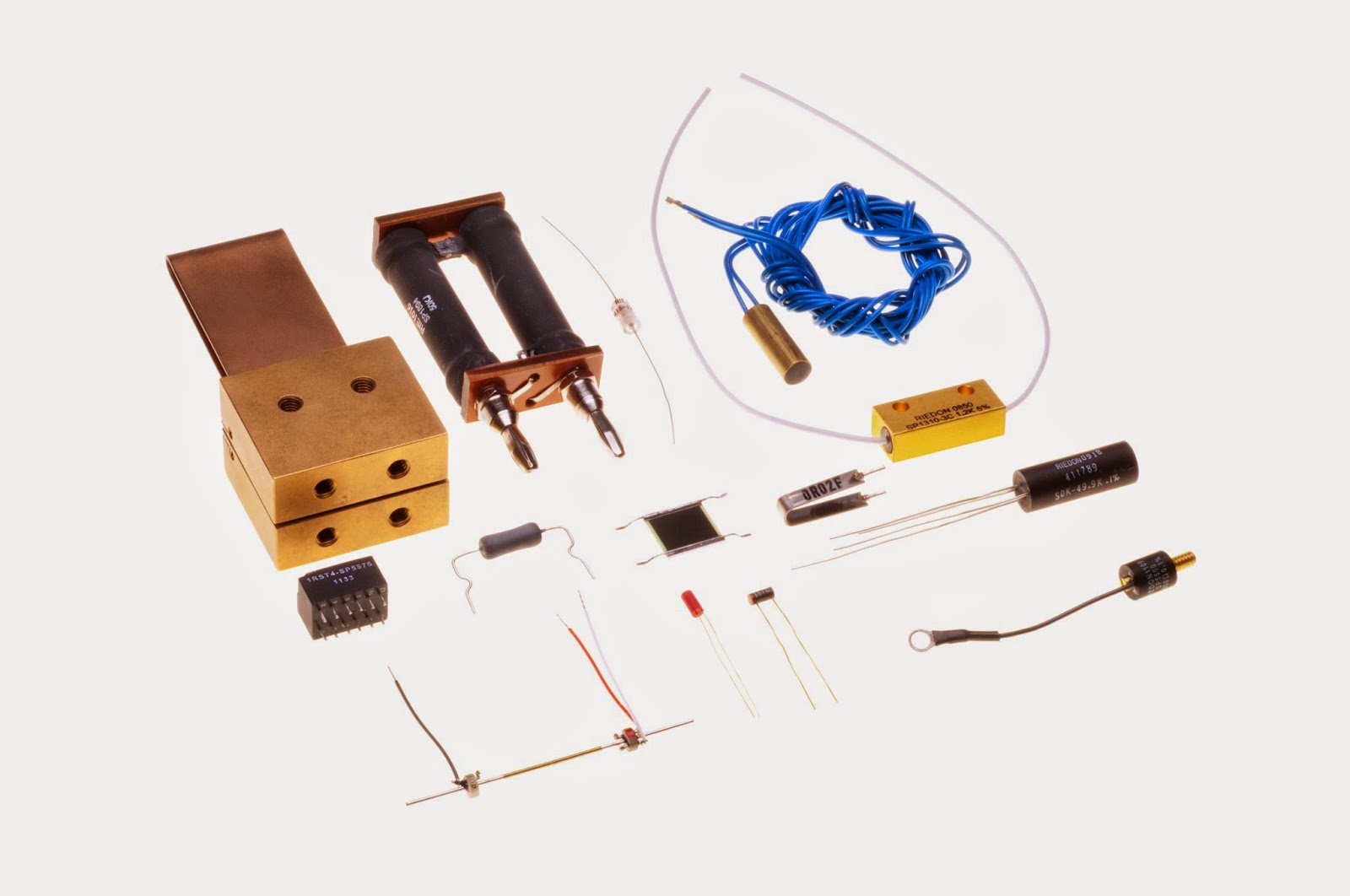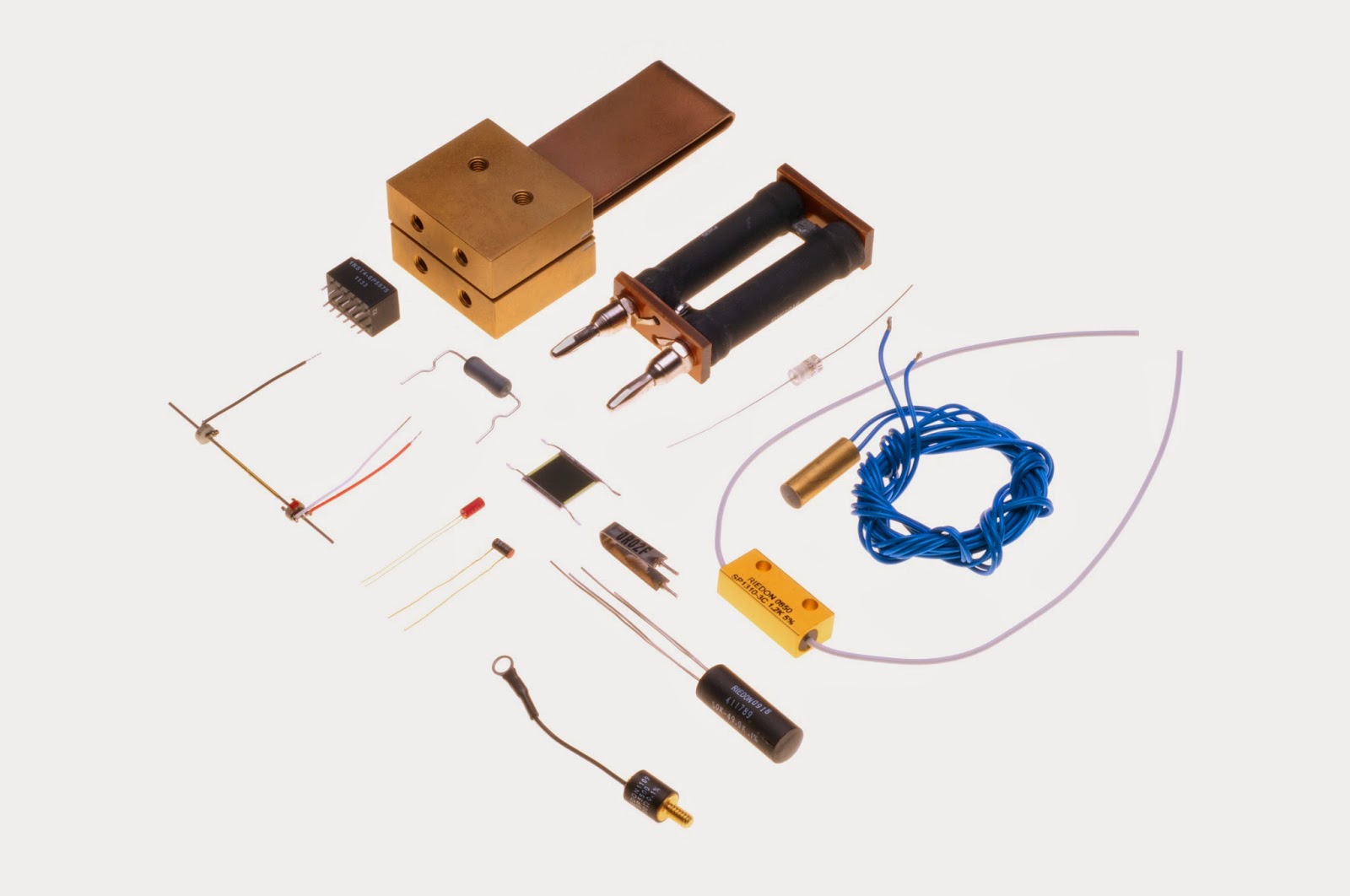
Shunt resistors have been integrated in the parallel form with the component or instrument in order to divert the electrical current. These types of resistors provide alternative current paths in case there have been problems or failure and these are used for complete reduction of input sensitivity from the input lines through the ground.Current shunt resistors were generally low in resistance and passive electronic devices used to measure AC (alternating current) and DC (direct current) going through the voltage drop in which currents created throughout resistance.
The electrical specifications of the shunt resistors involve resistance tolerance, power rating, resistance power coefficient, resistance temperature coefficient, ohms, and current rating. Ohms measure the material opposition into an electric flow of circuit while temperature coefficient of resistance (or TCR) refers to the change in resistance along with change in temperature.

The power coefficient of resistance or PCR is the temperature that arise because of self-heating. In terms of current-sensing shunts, resistance is usually ranging in between 100 µO and 500 mO. The shunt resistor is being used in the current conversion application and it requires high precision. Shunt resistors’ physical specifications come in different forms. But these include the lead type as well as the resistor materials. A shunt resistor can be surface mounted, chassis mounted, through-hole mounted, and bolted. THT or the through-hole technology and SMT or the surface mount technology are both other popular and common mounting styles. The other kinds of lead are screw terminals, J-leads, and tab terminals. There are also gull-wing leads, radial leads, and axial leads available.
There is also a shunt resistor that has no leads. These are the wire wound, thick film, metal alloy, thin film, ceramic, metal film, metal oxide and carbon film. Carbon shunt resistors were composed of resistive, ceramic, solid and high temperature materials that were bonded by metal contacts.
Metal allow shunt resistors have 2 or more elements while a wirewound shunt resistor has thin wire winding in a ceramic rod. Every shunt resistor differs when it comes to packing method since other passive electronic components have been packed in a tape reel assembly including the carrier tape that has embossed cavities to store individual component. Some were packed in trails (trays) have been composed of fiber and carbon-power materials while they have been molded in a rectangular outline containing matrices of pockets that are uniformly spaced.